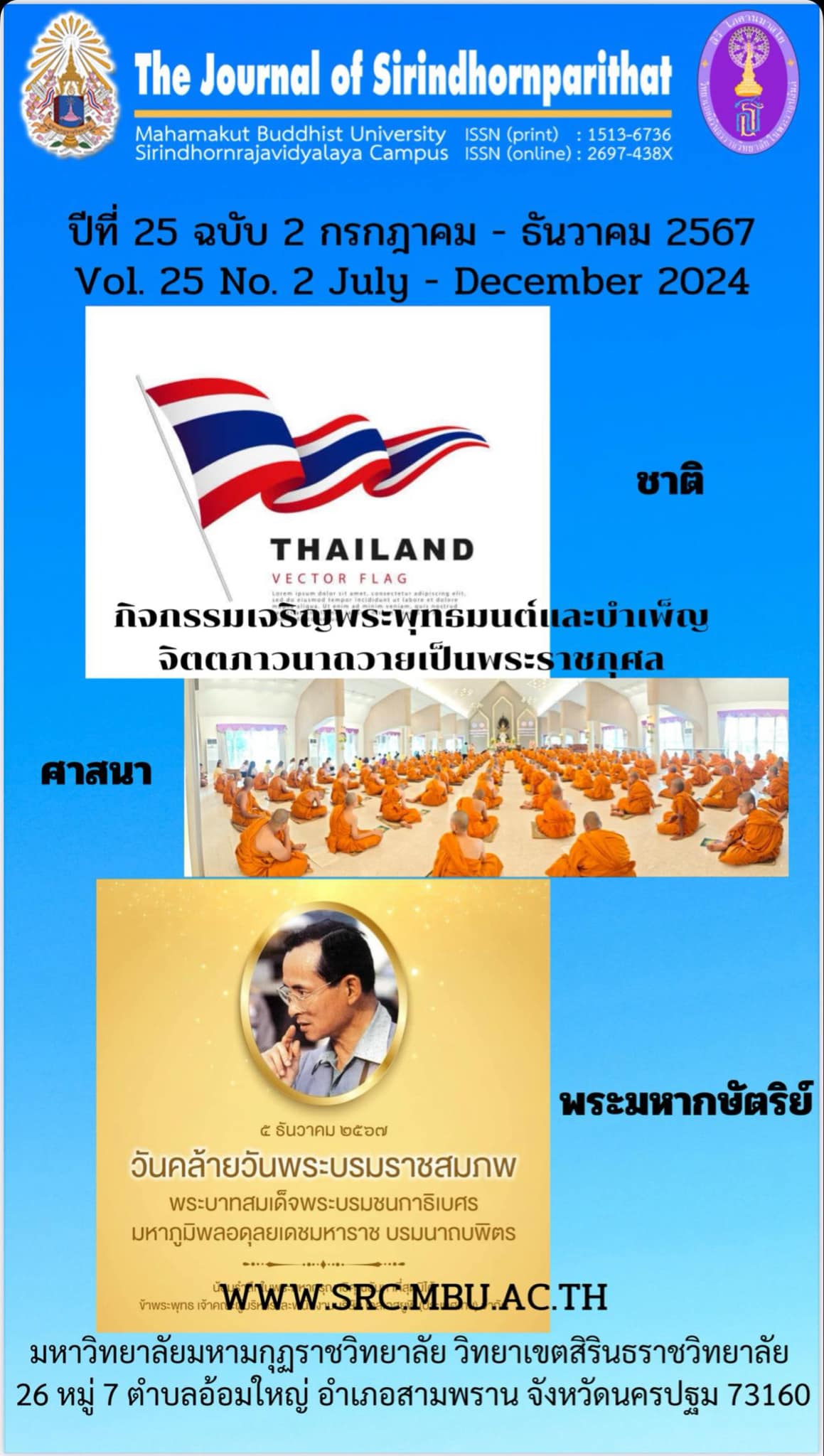Research on the Inheritance of Mongolian Music in Music Teaching in Inner Mongolia universities
Keywords:
Research on the Inheritance, Mongolian Music, Music Teaching in Inner Mongolia universitiesAbstract
There are 56 ethnic groups in China, among which the Mongolian people are good at singing and dancing. They have a long history of music culture and musical varieties, including distinctive Mongolian folk songs, horse head qin and other musical expressions, and national Musical Instruments, which to a certain extent express the cultural characteristics and rich human history of the Mongolian people. Mongolian music is not only a disseminator of national culture, but also a carrier of Mongolian culture, and an important part of the characteristic culture of ethnic areas, and the aesthetic value of Mongolian music is high. However, the inheritance of Mongolian music is not good, and college teaching can well solve the problem of the poor inheritance of minority music. The author explores the inheritance methods of Mongolian music in college teaching from the school level in college teaching, the curriculum setting of Mongolian music, and the improvement of teachers' teaching ability.
References
GUAN Jianhua. (2005). Cultural Strategy and Reflection on Multi-cultural Music Education in the World [J]. Music of China, 2.
ZHU Yujiang. (2005). Review of International Symposium on Multi-Cultural Music Education in the world [J]. Journal of Xinjiang Normal University, 3.
Xie Jiaxin. (2000). Let every student sing the songs of his hometown [J]. Chinese Music, 1.
Yang Limei. (2000). Music Education towards the Future [M]. Hainan: Hainan Publishing House.
Sajina, Uyuntana. (2011). The inheritance practice and reflection of Mongolian traditional Music in higher Art Education -- A case study of teaching and research practice of Art College of Inner Mongolia University [J]. Ethnic Education Research, 5.
WANG Yaohua. (2009). Chinese Folk Music, [M]. Shanghai Music Publishing House, People's Music Publishing House, 1.
Zheng Ailian. (2005). National Significance and Educational Value of National Culture [J]. Ideological Education Research, 9:11.
LIU Xiaohong. (2007). On the Cultural Inheritance Value of Music Education [J]. Music Education in Primary and Secondary Schools, 1:16-17.
Liu Fuxing. (1998). On the essence of Educational Value [J]. Educational Theory and Practice, 3:8-12.
Liao Mingjun. (2001). What is the relationship between music and culture? -- Luo Qin Interview [J]. National Art, 50.
Hai Ling. (2007). Protecting inheritors is the key [J]. Chinese Talent, (7).
Zheng Yimin. (2008). Protecting inheritors is the top priority of "intangible cultural heritage" work [J]. Friends of Leadership, (3).
Tao Jian. (2006). Some thoughts on the protection and development of Miao nationality's Flying Song and Dong Nationality's Big Song [J]. Guizhou Ethnic Studies, (6).
An Xue-Bin. (2004). The historical value and contemporary Habitat of the Inheritors of national culture [J]. Journal of Yunnan Minzu University (Philosophy and Social Sciences Edition), (6).
Yang Fuquan. (2007). A new theory on the protection and inheritance of minority culture [J]. Yunnan Social Sciences, (6).
Shen Maoping. (2006). The ecological environment and its evolution and protection of Dong nationality's grand song J]. Guizhou Ethnic Studies, (4).
Yang Dongmei. (2006). On the Protection and Development of Traditional Music Culture of Ethnic minorities in Western China [J]. Journal of Zhengzhou University (Philosophy and Social Sciences Edition), (39).
Zhou Zhengjun. (2006). Thoughts on the Protection, inheritance and Development of Western Folk music [J]. Journal of Bijie College, (2).
Longfei Yu. (2008). Protection and inheritance of "Song Integrity" of Miao nationality in Southwest Hunan [J]. Yihai.
Shi Weisheng. (2007). Protection and inheritance of Original Folk songs under Contemporary cultural Background [J]. Folk Music.
Downloads
Published
Issue
Section
License
Copyright (c) 2024 Mahamakut Buddhist University

This work is licensed under a Creative Commons Attribution-NonCommercial-NoDerivatives 4.0 International License.
บทความที่ได้รับการตีพิมพ์เป็นลิขสิทธิ์ของ มหาวิทยาลัยมหามกุฏราชวิทยาลัย วิทยาเขตสิรินธรราชวิทยาลัย
ข้อความที่ปรากฏในบทความแต่ละเรื่องในวารสารวิชาการเล่มนี้เป็นความคิดเห็นส่วนตัวของผู้เขียนแต่ละท่านไม่เกี่ยวข้องกับหาวิทยาลัยมหามกุฏราชวิทยาลัย วิทยาเขตสิรินธรราชวิทยาลัย และคณาจารย์ท่านอื่นๆในมหาวิทยาลัยฯ แต่อย่างใด ความรับผิดชอบองค์ประกอบทั้งหมดของบทความแต่ละเรื่องเป็นของผู้เขียนแต่ละท่าน หากมีความผิดพลาดใดๆ ผู้เขียนแต่ละท่านจะรับผิดชอบบทความของตนเองแต่ผู้เดียว




